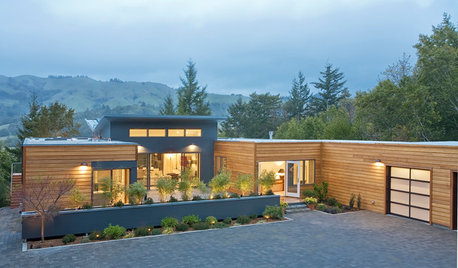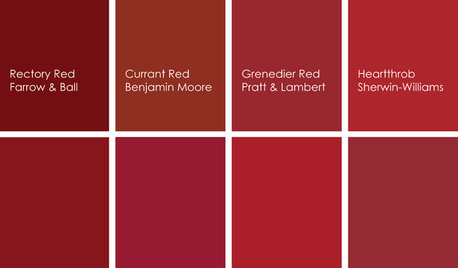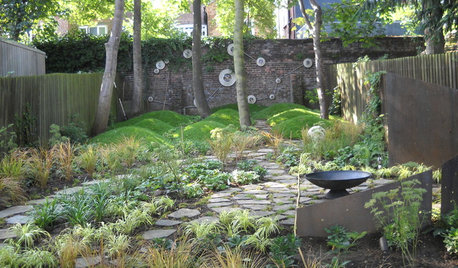Apple rootstock suggestions
JoppaRich
10 years ago
Related Stories

EDIBLE GARDENSHow to Add an Apple Tree to Your Edible Garden
Readily available, beautiful and fragrant, apple trees offer four-season interest along with crisp, juicy fruit
Full Story
GREEN BUILDINGEfficient Architecture Suggests a New Future for Design
Homes that pay attention to efficient construction, square footage and finishes are paving the way for fresh aesthetic potential
Full Story
KITCHEN DESIGN16 Scrumptious Eat-In Kitchens and What They Want You to Serve
Whether apple-pie cheerful or champagne sophisticated, these eat-in kitchens offer ideas to salivate over
Full Story
HOME TECHHome Automation Goes Mainstream and Mobile
Why Apple, Microsoft and Google will lead the way to a cheaper and simpler future for the remote-controlled home
Full Story
MOST POPULARWhy We Love Midcentury Modern Design
There's a method to all this 'Mad Men'-ness — just look to psychology, tough times and, believe it or not, Apple
Full Story
KITCHEN DESIGNCooking With Color: When to Use Red in the Kitchen
Candy Apple Red, Red Licorice and more for your kitchen walls, cabinets or island? The color choices are as delicious as they sound
Full Story
GARDENING AND LANDSCAPINGCrazy for Fruit Trees
Whether a single citrus or a mini apple orchard, even the smallest landscape space can bear deliriously delicious fruit
Full Story
LANDSCAPE DESIGNStars and Myths Inspire a Contemporary London Garden
A sinuously snaking path, tiles like dragon skin and a triad of stone apples give a British garden an air of enchantment
Full Story
HOME OFFICES13 Decorating Tricks for a More Pleasurable Home Office
Use these suggestions to keep your work-from-home life from feeling like just another lousy day at the office
Full Story
COLORHow to Pick the Perfect Accent Color
Not sure what colors go together in a room? Here are suggested combinations for different moods and effects
Full Story







eboone_gw
eboone_gw
Related Professionals
Ballenger Creek Landscape Architects & Landscape Designers · New Mexico Landscape Architects & Landscape Designers · Salem Landscape Architects & Landscape Designers · Washington Landscape Architects & Landscape Designers · Gainesville Landscape Contractors · Pelham Landscape Contractors · Clayton Landscape Contractors · Golden Gate Landscape Contractors · Milford Mill Landscape Contractors · Miller Place Landscape Contractors · Seminole Landscape Contractors · South Lyon Landscape Contractors · Thonotosassa Landscape Contractors · Silver Firs Landscape Contractors · Forest Hill Landscape ContractorsScott F Smith
JoppaRichOriginal Author
Scott F Smith
bob_z6
clarkinks
JoppaRichOriginal Author
clarkinks
clarkinks
alan haigh
clarkinks
clarkinks
fruitnut Z7 4500ft SW TX
clarkinks
fruitnut Z7 4500ft SW TX
JoppaRichOriginal Author
fruitnut Z7 4500ft SW TX
JoppaRichOriginal Author
fruitnut Z7 4500ft SW TX
alan haigh
clarkinks
JoppaRichOriginal Author
clarkinks
clarkinks
clarkinks
clarkinks
alan haigh
clarkinks
olpea
clarkinks
alan haigh
clarkinks
alan haigh
clarkinks
eboone_gw
JoppaRichOriginal Author
clarkinks
clarkinks
waiting_gw
bob_z6
alan haigh
Chris-7b-GA
bob_z6
clarkinks
JoppaRichOriginal Author
clarkinks
JoppaRichOriginal Author
clarkinks
Chris-7b-GA